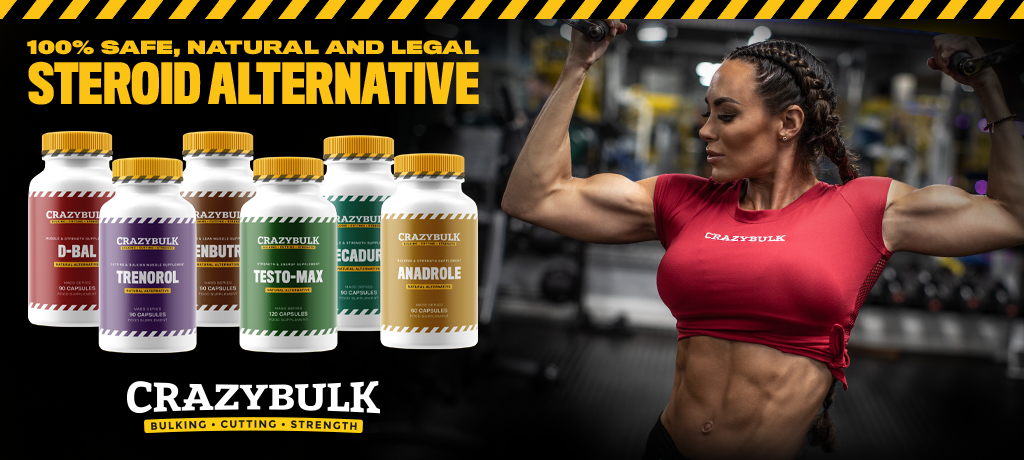Testosterone (T) is renowned as the primary male sex hormone, and it also holds significance as an anabolic drug. Beyond its critical role in the male reproductive system, it has a broad spectrum of functions. It enhances the body’s response to oxygen, plays a vital role in nervous system regulation, and assists in managing blood glucose levels. When there’s a deficiency in testosterone, medical professionals might recommend hormone replacement therapy (HRT). Beyond medical treatments, testosterone can also be boosted through certain foods and beverages.
Testosterone Replacement Therapy (TRT): A Comprehensive Overview of Treatment Modalities
There are several approaches to testosterone replacement therapy, each with its unique benefits and potential drawbacks.
- Oral Medications: These are generally milder and most suited for men with minimal testosterone deficiencies. Such medications have a preventive nature, aiming to halt the progression of conditions resulting from androgen deficiency. It’s crucial to distinguish between traditional oral medications and “buccal” tablets like Striant, which dissolve in the mouth rather than being swallowed. Buccal tablets offer a steady release of testosterone and are gentler on the GI tract. However, they might cause gum damage, especially in older patients.
- Injectable Solutions: TRT injections ensure direct delivery of the active component, bypassing the digestive system. Intramuscular injections use oil-based solutions that are gradually absorbed, stabilizing testosterone levels in the blood. While subcutaneous injections are preferred by men needing continuous TRT, as they are less painful over time, athletes might opt for intramuscular injections, such as Winstrol & Sustanon, for their enhanced efficacy.
- Topical Gels: Testosterone gels like Androgel, Axiron, Fortesta, and Testim are applied directly to the skin. Due to their convenience and adjustable dosing, they have gained popularity. When using gels, it’s essential to apply them to clean skin and avoid strenuous activity for about 30 minutes. Furthermore, it’s crucial to prevent others, especially vulnerable groups, from coming in contact with the application site for at least an hour.
- Transdermal Patches: The testosterone transdermal patch, such as Androderm, offers a modern approach to TRT. Initially designed for the scrotal region, newer patches can be placed on various parts of the body, including the back, thighs, and abdomen. They effectively address testosterone deficiency and maintain consistent levels. However, unsupervised use can pose risks, and there have been reports of unintentional transfers, causing complications like premature puberty in children.
- Implantable Testosterone Pellets: Pellets, such as Testopel, are implanted subdermally, typically around the navel. These pellets steadily release testosterone, ensuring consistent levels for up to six months post-procedure. Though the insertion point is typically discreet, there is the possibility of pellet movement or bruising at the implantation site.

It’s imperative to note that while various testosterone products and oral steroids like Oxandrolone are readily available online, self-administered HRT is highly discouraged. Both an excess and a deficiency of testosterone can be detrimental. As natural testosterone levels tend to decrease with age, those on TRT should undergo periodic evaluations, ideally every six months, to monitor and adjust treatment as necessary.
Financial Considerations for Testosterone Therapy
The financial burden of testosterone therapy varies depending on the specific treatment you select. While many health insurance policies cover testosterone therapy, patients often need to manage deductibles or co-payments as stipulated in their insurance terms. For individuals opting for a self-pay route, expect an approximate monthly expenditure of around $400 for hormone substitution therapy.
Risks and Restrictions of Testosterone Replacement Therapy
Testosterone replacement therapy (TRT) isn’t a one-size-fits-all solution; it has inherent risks and isn’t suitable for everyone.
- TRT is absolutely prohibited for individuals with cancer as it can potentially spur tumor growth.
- Intensive TRT is discouraged for men above 45 years who have conditions like sleep apnea and epilepsy.
- Moreover, TRT may be ill-advised for patients with certain conditions such as:
- Bronchial asthma (as per NHS studies, there’s a possible correlation between HRT and elevated asthma risks).
- Advanced kidney issues.
- Inflammatory conditions of the pelvis.
- Heart failure.
Prior to commencing TRT, it’s essential for patients to undertake diagnostic evaluations. Based on the results, a specialist will then craft a tailored treatment plan to ensure testosterone levels remain within the desired range. Regular post-therapy testing is also pivotal to monitor and evaluate the therapy’s effectiveness.
Testosterone Therapy: Is It Suitable for Women?
Although testosterone isn’t the dominant hormone in females, it does fulfill specific vital roles. That said, testosterone therapy is rarely prescribed for women.
Steroidal medications pose considerable risks to women. Moreover, the physical appearance of some women on steroids can be dramatically altered, often leading to undesirable aesthetic changes.
Natural Methods to Elevate Testosterone Levels
For those reluctant about medicinal interventions, there are natural avenues to boost testosterone levels. Such methods encompass:
- Engaging in regular physical exercises and strength training.
- Sidestepping detrimental habits like excessive alcohol consumption.
- Ensuring a balanced diet.
- Incorporating testosterone-enhancing foods into your diet, such as oysters.
While these natural approaches can be beneficial, they might not suffice for individuals with acute testosterone deficiencies.
About Our Information Portal
Our platform is dedicated to offering trustworthy insights about testosterone: its function, where to procure legitimate steroids, and guidelines on proper usage. We pride ourselves on curating an extensive collection of informative articles on testosterone and its related topics.
